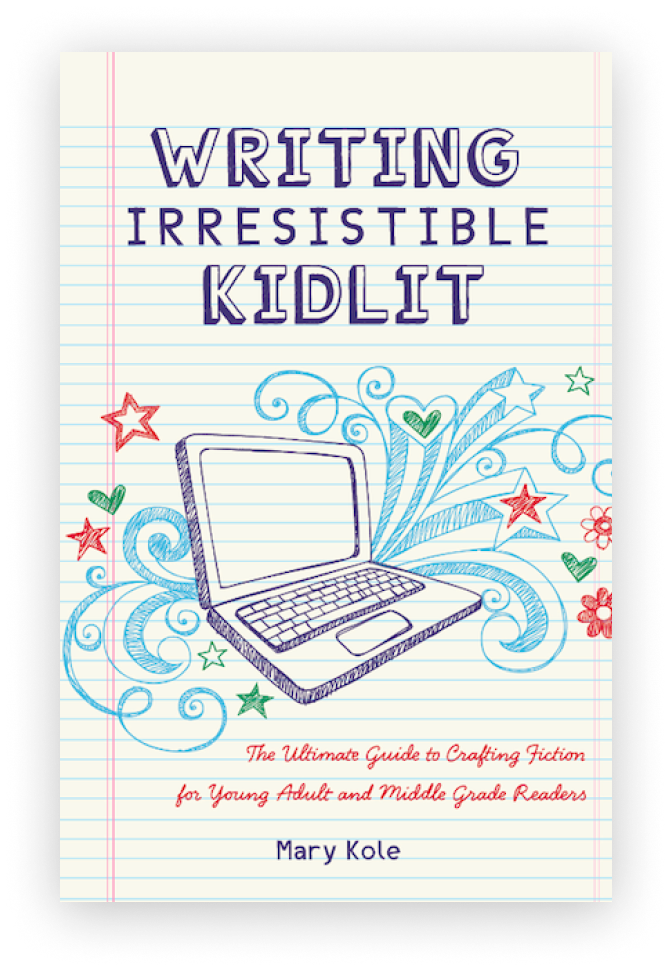Learn to Rewrite Your Novel
By Mary Kole
Mary Kole is a former literary agent, freelance editor, writing teacher, author of Writing Irresistible Kidlit, and IP developer for major publishers, with over a decade in the publishing industry.
Every writer knows that the first draft of a novel or memoir project is never perfect. It's not uncommon for writers to go through a series of rewrites before they finally get it right. In fact, rewriting is an essential part of the writing process. Revision is where the magic happens. However, executing a compelling rewrite can be a daunting task, especially for novice writers. In this article, I’ll guide you on how to approach a novel rewrite, the writing tools you will need, the steps you’ll take to complete a rewrite, and how many rewrites are normal on a novel draft. I will also provide tips on how to troubleshoot common rewrite issues. Let’s dig in!
When Should I Rewrite?
First and foremost, once you complete the drafting process and are ready to dive back in, take a break before you begin your rewrite. Put your manuscript away for a while and come back to it with fresh eyes. As you read, make note of the areas that need improvement. Try not to focus on the sentences yet, but read with a more structural edit in mind. This is where the real work begins.
The first step to starting a rewrite is to evaluate the overall narrative of your novel. Does the plot flow smoothly? Are there any plot holes or inconsistencies? Do you have character arcs and plot arcs in place? Address these issues first. Ensure that your characters have clear objectives, motivations, and conflicts with secondary characters and the story world, if relevant. If something is not working, don't be afraid to cut it out. Remember, you're creating a polished revised manuscript, not a rough draft.
Once you have finessed your novel structure, the second step is to focus on character development. Do your characters have unique voices, personalities, flaws, and quirks? Do they change and grow throughout the story? If not, consider revising their dialogue, action, or worldview into a more pronounced growth arc. Make them relatable and memorable.
The next step is to consider the pacing. From here, you may want to dive in on a chapter-by-chapter revision, or go scene by scene. Is the story too slow or too fast? Do the chapters and scenes flow seamlessly? Do the tension and conflict build up gradually throughout the novel or memoir until you reach your story climax? If not, tweak the structure, add or remove scenes, or adjust the writing style.
You’ll be three or four rewrite passes in at this stage, and that’s perfectly normal. It’s unrealistic to expect a full revision in only one pass.
The Sentence-Level Rewrite
The third major step in a novel rewrite is to refine the prose. This includes grammar, syntax, and word choice. Have a list of commonly mistaken words and phrases nearby and use it to check your writing, or create a style guide to remind you of your chosen spellings for various world-building elements, if applicable. Use active voice instead of passive, show, don’t tell, and avoid unnecessary adverbs, writing clichés, and over-indulging in writing imagery.
Finally, the last step in a rewrite is to seek writing notes from a critique partner, writing groups, or developmental editor. Take their comments constructively and make the necessary changes. This part of your rewrite will take a certain emotional fortitude and maturity, especially if you’re not used to getting constructive criticism on your work. Remember, you're not alone in this process.
Rewriting may seem daunting, but it's a necessary step in creating a polished manuscript that’s ready for submission to literary agents and traditional publishers, or self-publishing. By following these five steps, you'll be able to approach your novel rewrite with confidence and ease. Remember to evaluate the structure, focus on character development, refine the prose, consider the pacing, and seek feedback. It takes patience and maturity to rewrite, but it's where novels and memoirs are truly created.

Click here to purchase Writing Irresistible Kidlit, my book on fiction craft for MG and YA novels, out from Writer's Digest Books. This will show you my writing craft philosophy and give you lots of valuable advice, including tips for the novel revision process and self-editing. There are over 35 example novels cited and discussed throughout. It’s a valuable resource for any writer’s toolkit.
Click here to purchase Irresistible Query Letters, my book on query letters, including over forty examples with comprehensive notes on each one. There’s a ton of submission advice, best practices, and insider information in these pages, and you’ll really enjoy seeing what other writers are doing in the slush.
Click here to purchase Writing Interiority: Crafting Irresistible Characters, my book on interiority and character creation. Explore your protagonist’s thoughts, feelings, reactions and interpretations, expectations, and inner struggles to create a rich, immersive experience. This guide will empower you to create characters who live and breathe on the page, fostering an unbreakable bond with your audience.





